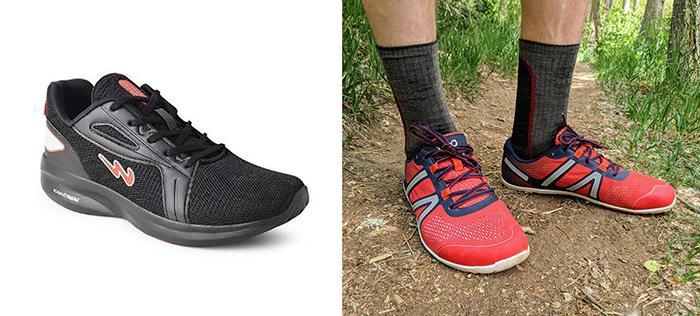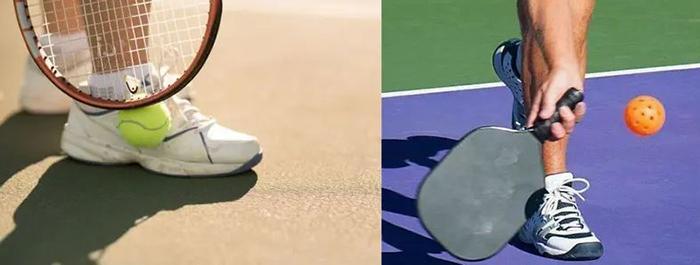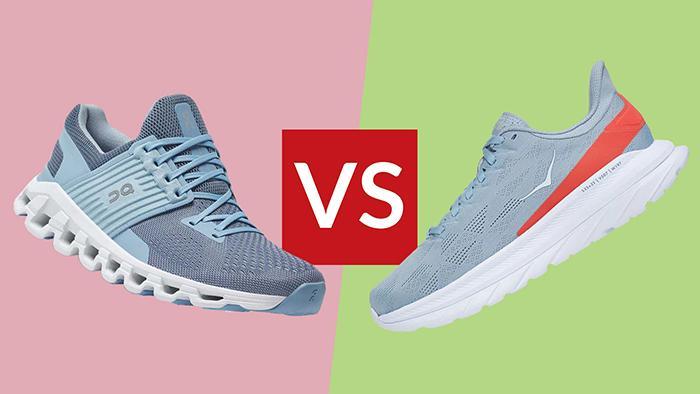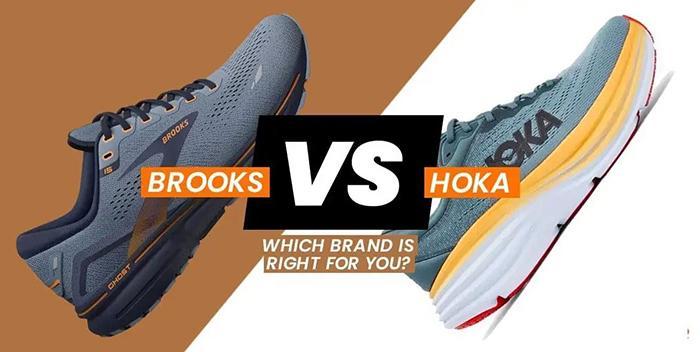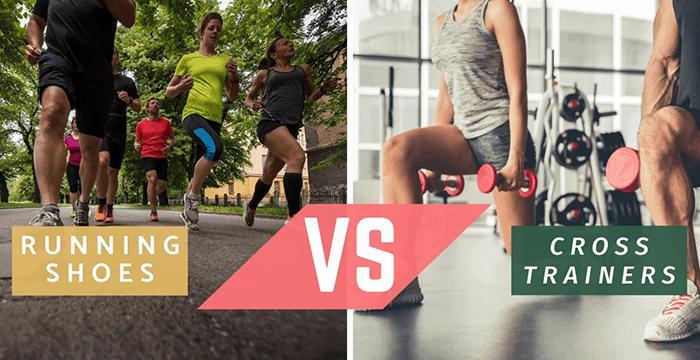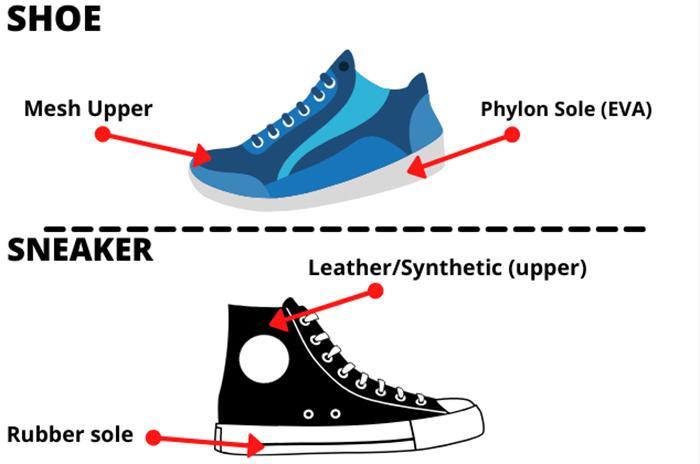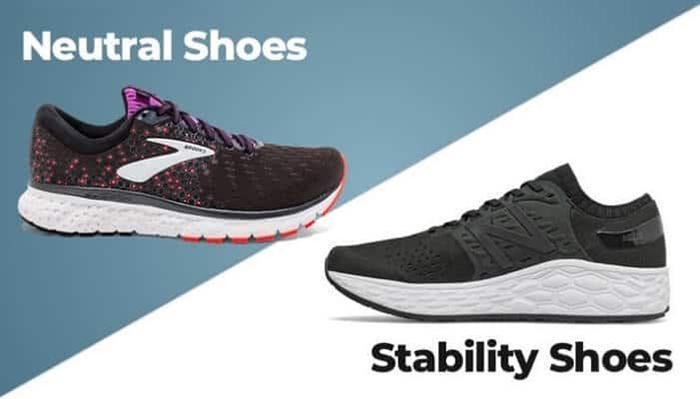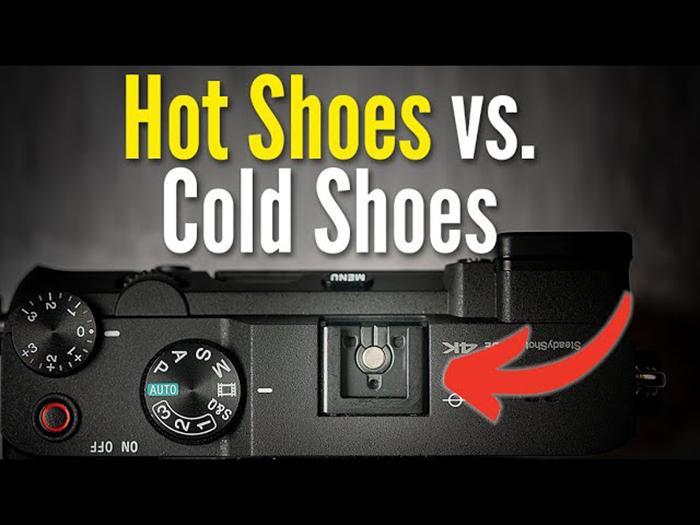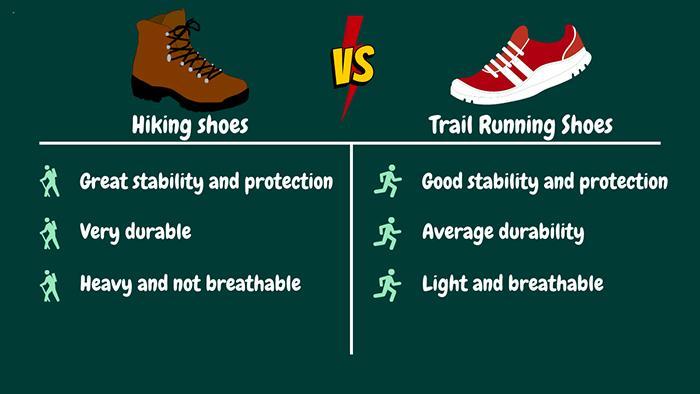Are you one of the many runners with flat feet, trying to find the perfect pair of shoes for support and comfort? Look no further!
This comprehensive blog will explore whether Hoka One One shoes are a good fit for those dealing with this common foot issue.
You Are Watching: Are Hoka Shoes Good For Flat Feet Updated 02/2025
We’ll dive into the different types of flat feet, what to look for in running shoes tailored to your needs, and analyze some popular Hoka models that might just be your new go-to.
Understanding Flat Feet
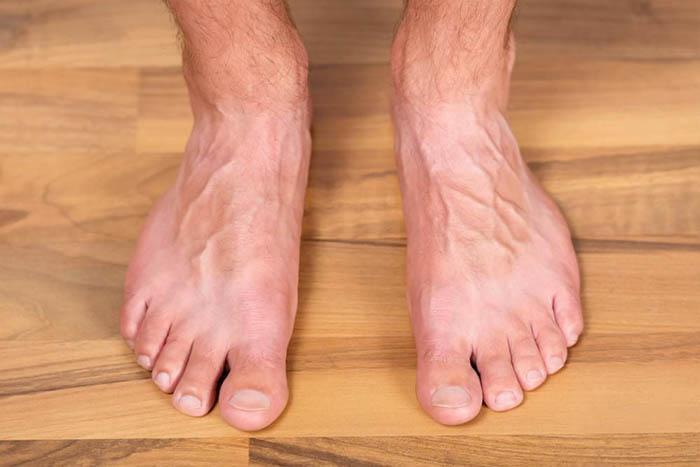
Types Of Flat Feet
Understanding the different types of flat feet is crucial for shoe enthusiasts looking for the optimal running shoe. Here are the two primary categories of flat feet:
- Anatomically Flat Feet: This type refers to individuals who naturally have low or no arches in their feet, often inherited from their parents.
- Collapsed Arches (Acquired Flat Feet): Caused by muscle weakness, overuse, or injury, this type of flat foot results from previously normal arches that have gradually flattened over time.
Each type of flat foot requires varying levels of support and stability features in running shoes, making it essential to identify which category best describes your individual situation.
Common Issues For Flat-Footed Runners
Flat-footed runners often encounter a unique set of challenges when it comes to finding the perfect shoes and maintaining proper running form.
One prevalent issue is overpronation, which occurs when the arches of the foot roll inward after landing.
Another common concern for flat-footed individuals is muscle weakness due to collapsed arches.
This condition contributes to an unstable foundation during running and may cause discomfort or pain throughout various joints in the lower extremities.
To combat these issues, flat-footed runners should prioritize footwear with stability features such as medial posts or GuideRails systems that help control excessive pronation while still allowing natural movement at toe-off.
Hoka One One: A Brief Overview
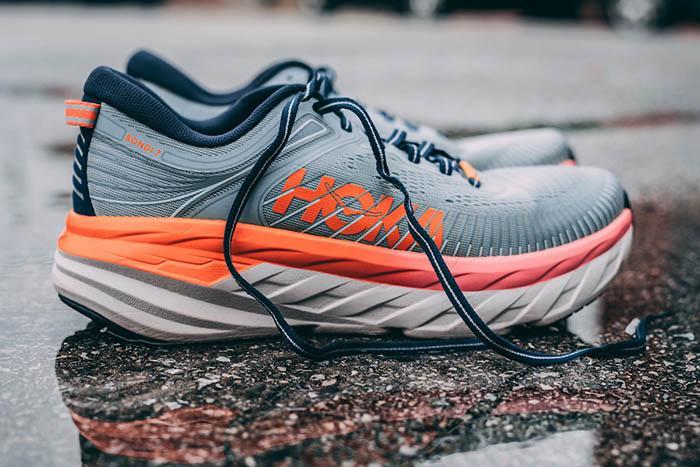
Brand History
Hoka One One is a relatively new brand in the running shoe industry, founded in 2009 by two French trail runners. Their goal was to create a shoe that would offer both cushioning and stability without being too heavy.
The result was Hoka’s oversized midsole design, which quickly became iconic for the brand.
Despite being a newer brand, Hoka has already made a name for itself in the running world.
Its shoes have won numerous awards and been featured in various publications.
The brand sponsors various athletes and events within the running community as well.
Hoka’s Unique Design Features
Hoka One One has several unique design features that make them stand out in the running shoe market:
- Meta-Rocker technology promotes a smooth, rolling motion from heel-strike to toe-off, reducing stress on joints and enhancing overall stability.
- Active Foot Frame construction cradles the foot for a secure fit and effective energy transfer with each stride.
- J-Frame technology enhances support and stability by guiding the foot through its natural gait cycle from heel-strike to toe-off while minimizing overpronation.
- Engineered mesh uppers provide breathability, flexibility, and lightweight support without sacrificing durability.
- Early-stage Meta-Rocker creates a smoother ride by placing the transition zone behind the metatarsal heads instead of at the ball of the foot.
Are Hoka Shoes Good For Flat Feet?
Hoka Gaviota 4
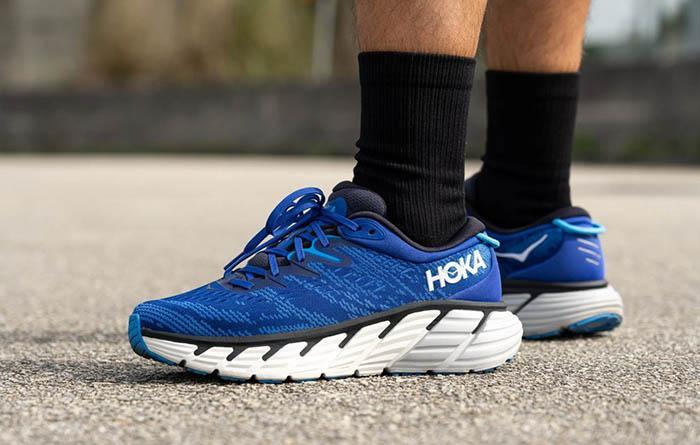
Read More : What Shoes To Wear With Boyfriend Jeans Updated 02/2025
The Hoka Gaviota 4 is a top pick for runners with flat feet looking for both comfort and stability. Its plush cushioning provides excellent shock absorption, while its sturdy design helps control overpronation.
The shoe is also available in various arch types and foot mechanics to cater to different needs.
Many reviewers praise the Hoka Gaviota 4 for reducing their foot pain and preventing injuries, making it an ideal choice for those who need extra support during runs or other athletic activities.
Hoka Arahi 6
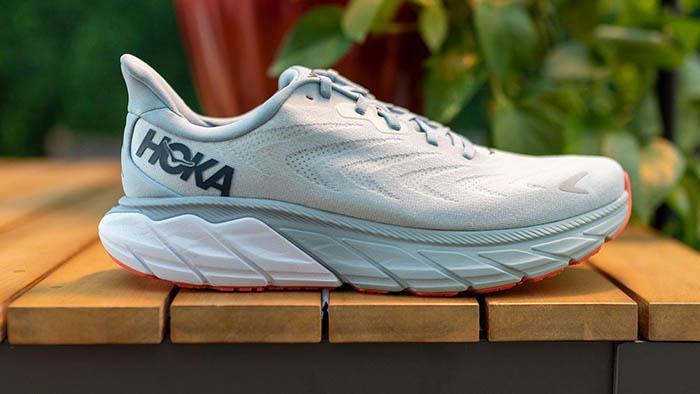
The Hoka Arahi 6 is a popular choice for flat-footed runners looking for stability shoes. With a price point of $140 on Dick’s Sporting Goods, this shoe offers midfoot stability and extra shock absorption to help alleviate pain.
But like with any running shoe, finding the best fit depends on individual factors such as gait cycle, range of motion, and foot type.
While stability shoes are recommended for those with mild collapsed arches or flexible flat feet like those found in many flat-footed runners, motion control shoes may be necessary for more severe cases of fallen arches or rigid flat feet.
Hoka One One Clifton
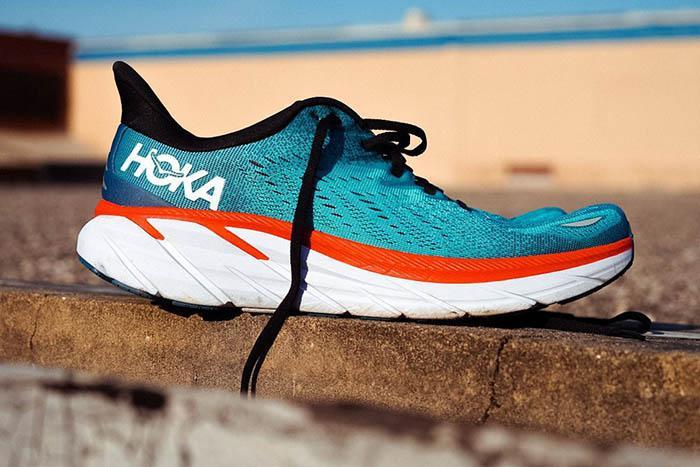
The Hoka One One Clifton is a neutral running shoe that provides outstanding comfort and support to runners with flat feet.
This max cushioned shoe features an engineered mesh upper that offers breathability, while the U4ic midsole delivers excellent shock absorption.
Although the Clifton lacks specific stability features found in other shoes designed for flat feet, it still offers adequate arch support without compromising comfort or performance.
Its deep heel cup provides extra stability during impact, which helps prevent overpronation and reduces stress on the foot’s soft tissues.
Hoka One One Bondi
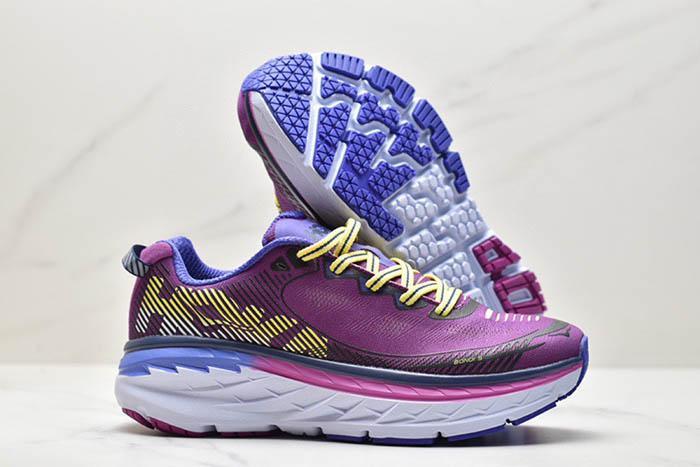
The Hoka One One Bondi is a popular running shoe that has been associated with the question of whether Hoka shoes are good for flat feet.
The Bondi offers maximum cushioning and shock absorption, making it an excellent choice for runners who need extra support and comfort.
Its full-contact midsole provides even pressure distribution throughout the foot, which can be beneficial for flat-footed runners who tend to overpronate.
Additionally, its engineered mesh upper offers breathability and flexibility while providing a secure fit.
Comparing Hoka Shoes For Flat Feet
Cushioning Levels
When it comes to running shoes for flat feet, cushioning is an important factor. Flat-footed runners tend to have less shock absorption in their feet, leading to increased impact on joints and muscles.
HOKA ONE ONE offers various cushioning options in their shoes, ranging from low-profile designs to maximalist models.
For example, the HOKA Bondi 8 features maximum cushioning with its full-length EVA midsole and meta-rocker technology for a smooth ride.
Read More : What Color Socks With White Shoes Updated 02/2025
On the other hand, the HOKA Rincon 3 has a lightweight profile that still provides ample cushioning thanks to its compressed EVA midsole.
Support And Stability Features
Choosing the right support and stability features in a running shoe is crucial for runners with flat feet. Stability shoes, such as the Hoka Arahi 6 and Brooks Adrenaline GTS 22, have a firm midsole that helps control overpronation and keeps the foot aligned during the gait cycle.
Other features to look out for include deep heel cups, which help keep your heel stable during impact, and roomy toe boxes that allow your toes to splay naturally.
The New Balance Fresh Foam X Vongo v5 has both these features and also provides excellent cushioning through its Fresh Foam midsole technology.
Fit And Comfort
One of the most important aspects to consider when looking for a running shoe is fit and comfort. Even the best-designed shoes won’t do their job well if they don’t fit your feet properly.
It’s essential to find shoes that hug the contours of your feet without being too tight, especially in the midfoot area.
Look for brands that offer different widths, as having a wider toe box can help give more room to your toes and prevent blisters or other foot problems.
Additionally, consider trying on multiple pairs until you find one with adequate cushioning and support that feels comfortable throughout the gait cycle.
Additional Tips For Flat-Footed Runners
Custom Orthotics
Custom orthotics are specialized shoe inserts designed to improve foot function and alignment. They can be especially helpful for flat-footed runners who need extra support or cushioning.
Custom orthotics are made by taking a 3D scan of your foot, then creating a personalized insert that fits your unique foot shape and needs.
Orthotics can help alleviate common issues associated with flat feet, such as plantar fasciitis or Achilles pain. They also provide additional arch support and cushioning to help reduce stress on the joints while running.
Proper Running Technique
Proper running technique is essential for all runners, including flat-footed ones. It can help prevent injury and improve performance by reducing the strain on your muscles, bones, and joints.
When it comes to flat feet, proper technique means paying attention to the way your feet land on the ground as you run. Aim for a midfoot strike instead of landing on your heel or forefoot.
In addition to mindful foot placement, maintaining good posture while running can also contribute to better form and less risk of injury.
Keep your head up, shoulders relaxed, and core engaged as you move forward. Practicing regular stretches to keep your calves loose and limber is also helpful for those with flat feet as it promotes full range of motion in the ankle joint during push-off.
Regular Foot Exercises
Keeping your feet healthy and strong is crucial for preventing pain and injury, especially for those with flat feet. Here are some regular foot exercises you can do to improve foot health:
- Toe Raises: Stand with your feet hip-width apart, then lift all your toes off the ground while keeping your heels down. Hold for a few seconds, then release.
- Ankle Circles: Sit down on a chair or the floor with one leg outstretched, then rotate your ankle in a circular motion 10 times clockwise and 10 times counterclockwise.
- Towel Scrunches: Place a small towel on the ground and place the ball of your foot on it while keeping your heel on the ground. Scrunch up the towel towards you using only your toes.
- Toe Spreads: Sit down with your legs outstretched and use your fingers to spread your toes apart as much as possible. Hold for a few seconds, then release.
Conclusion
In conclusion, Hoka shoes can be an excellent choice for flat-footed runners as they offer excellent support and cushioning.
The Gaviota 4 is a top pick for its added stability, while the Arahi 6 offers lightweight responsiveness.
Whichever shoe you choose, it’s essential to consider individual foot type and gait cycle when selecting the perfect fit.
With custom orthotics, proper running technique, and regular foot exercises in combination with Hoka shoes’ unique design features, flat-footed runners can enjoy comfortable runs without worrying about foot pain or injury.
Sources: https://www.centuryinshoes.com
Category: Shoes

